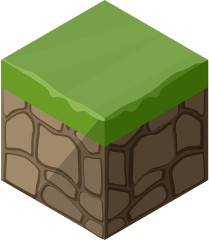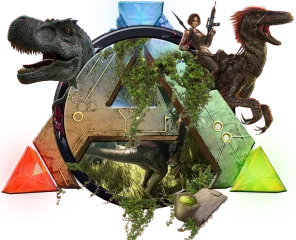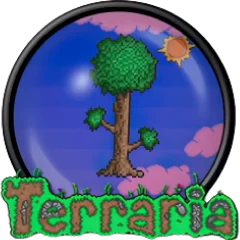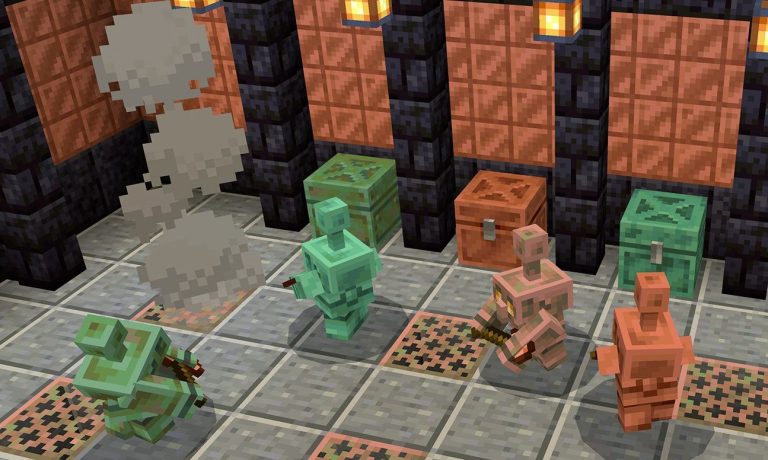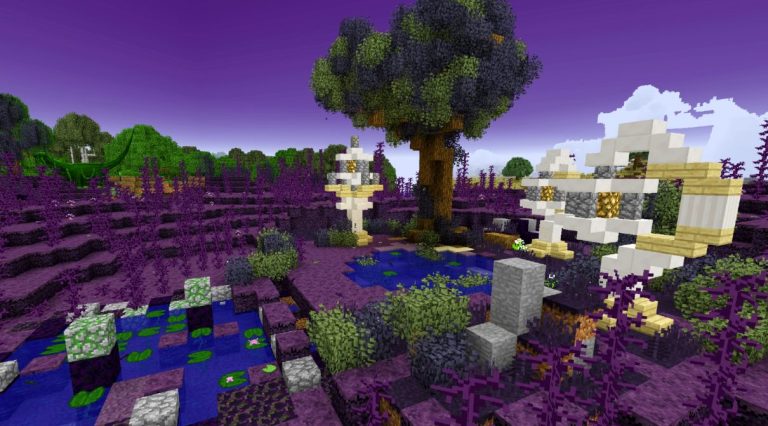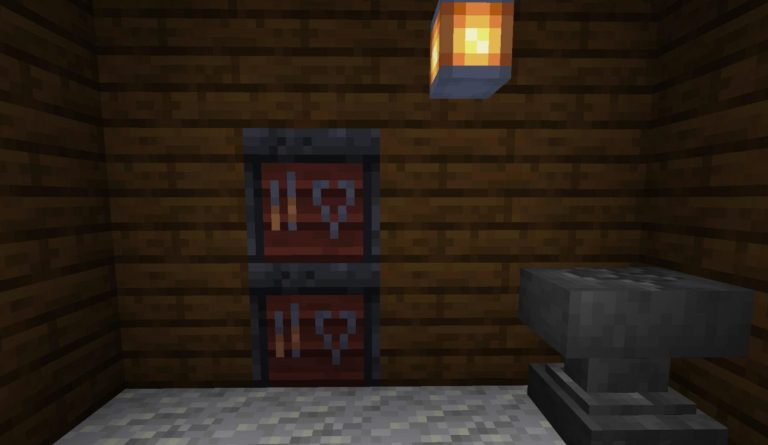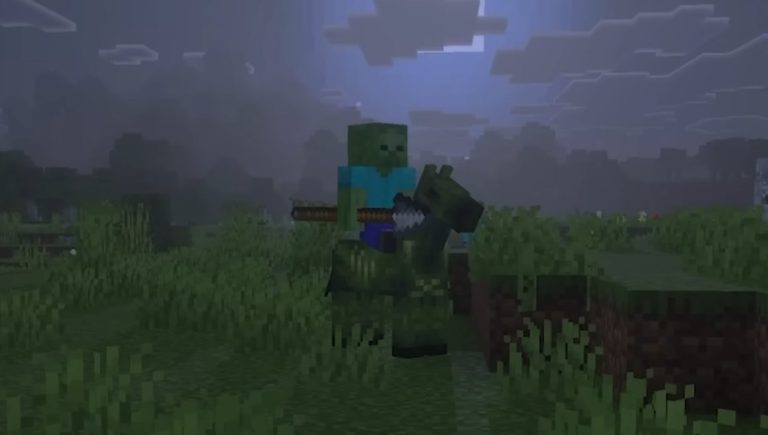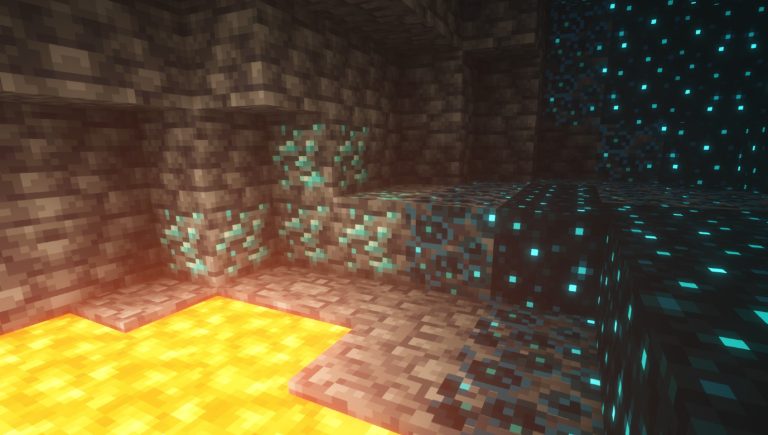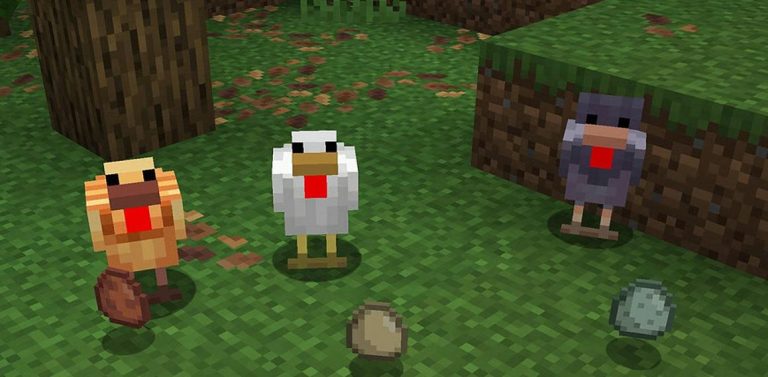All Minecraft Biomes At-a-Glance Comparison
Minecraft 1.21 introduces a diverse world filled with breathtaking biomes, each offering its own resources, terrain, and atmosphere. From tranquil cherry groves and sprawling plains to treacherous deep dark caves and fiery Nether realms, every biome delivers a unique survival or building experience. The table below compares all major biomes, their key features, and what they’re best suited for.
| Biome / Category | Key Traits & Features | Typical Mobs / Flora / Blocks | Best For / Tips |
|---|---|---|---|
| Plains | Mostly flat, lots of grass and flowers | Passive mobs (cows, sheep, pigs), wildflowers, occasional trees | Easy building terrain; good for starting bases |
| Forest / Dark Forest | Tree-rich, varied elevation | Oak, birch, dark oak; mushrooms; woodland mansions (in Dark Forest) | Wood gathering; hidden structure hunts |
| Cherry Grove | Pink cherry trees, petals falling | Cherry wood, petals, standard overworld mobs | Aesthetic builds, scenic bases |
| Taiga / Snowy Taiga | Cold, spruce-dominated | Spruce, snow layers, wolves, foxes | Cold-themed builds, gathering wood in colder zones |
| Snowy / Ice Biomes | Snow, ice, frozen lakes | Snow, packed ice, polar bears, igloos | Building icy structures, survival challenge |
| Desert / Badlands | Dry, sand, minimal vegetation | Cactus, dead bushes, terracotta, desert temples | Fast visibility, treasure hunting, desert builds |
| Savanna | Dry, acacia trees, rolling hills | Acacia wood, horses, llamas | Warm climate builds, wild landscapes |
| Swamp / Mangrove | Wet, waterlogged, muddy | Vines, lily pads, mangrove trees, swamp huts, slimes | Potion ingredients, slime farms, mystic atmospheres |
| Jungle / Bamboo Jungle | Dense vegetation, tall trees | Vines, cocoa beans, bamboo, jungle temples | Treehouses, exploring, rare mobs |
| Mountain / Stony / Jagged Peaks | High elevation, rocky terrain | Exposed ores (emerald), goats, snowcap peaks | Base building with views, mountain challenges |
| Lush Caves / Dripstone Caves | Underground, cave-specific | Dripstone (stalagmites/mites), plants, water features | Underground bases, resource gathering |
| Deep Dark / Ancient City | Caves with little light, deep exploration | Skulk sensors, wardens, deep dark blocks, treasures | High-risk loot runs, deep exploration |
| Ocean / Deep Ocean | Marine environment | Coral, kelp, fish, shipwrecks, ocean monuments | Underwater builds, resource gathering |
| Nether Biomes (e.g. Crimson Forest, Basalt Deltas, Soul Sand Valley, Nether Wastes, Warped Forest) | Lava, netherrack, heat | Nether-exclusive mobs (piglins, hoglins), basalt, netherite | Resource farming, portal hubs, challenging builds |
| End Biomes (e.g. End Highlands, End Midlands, End Barrens, Small End Islands) | Floating islands, voids | End stone, chorus plants, end mobs | End-game exploration, Elytra launch points |
What Biomes Are in Minecraft
Minecraft servers have a distinct part of the geography called the biome, characterized by its flora, fauna, and other features. The game world is divided into many such zones, each offering unique items, monsters, and structures. As you travel the world, you will visit snowy mountains and vast deserts and also encounter several exclusive biomes.
Plains Biome in Minecraft
Plains in Minecraft are spacious and sparsely populated with buildings or trees. Occasionally, villages with horses, pumpkins, melons, and various grasses can appear here. This biome is ideal for gathering wheat seeds and creating large structures.
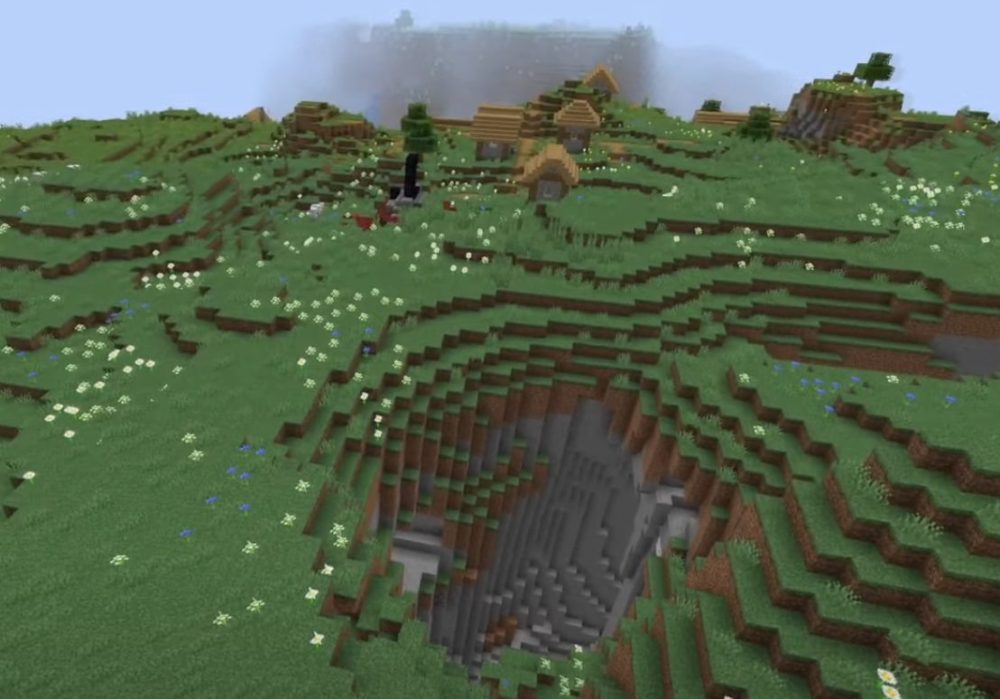
Forest Biome in Minecraft
Forests are where we take our first steps and strike our first trees. Forest biomes come in several variations: from oak to birch and dark oak "flower forests." Dark oak forests are famous for their rare mansions, which hide many secrets and valuable Totems of Undying.
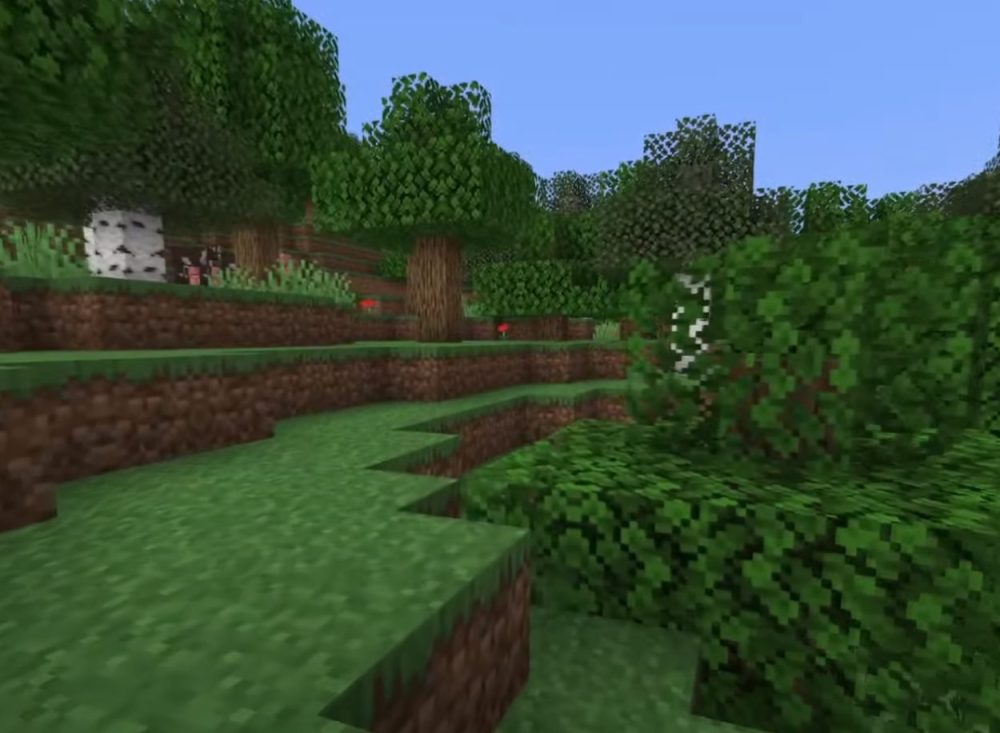
Jungle in Minecraft
There are three main types of jungles in the game: regular jungles, edge jungles, and bamboo jungles. Bamboo jungles are home to player-favorite pandas. Jungles are also useful due to parrots, which warn of mobs, ocelots, which scare off creepers, and cocoa beans. You can also find mysterious jungle temples here.
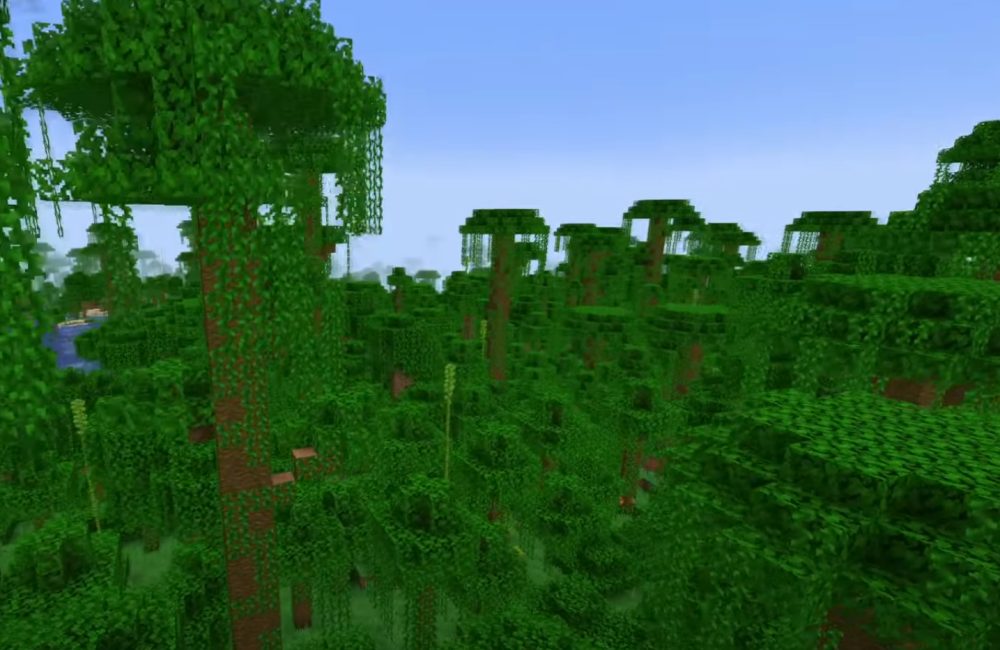
Ice Spikes Biome in Minecraft
This biome is more desolate than most others, with minimal life and items. Like the snowy tundra, you can find polar bears and rabbits here, but they are very rare. Food can only be obtained through fishing, making this biome not the best choice for settling.
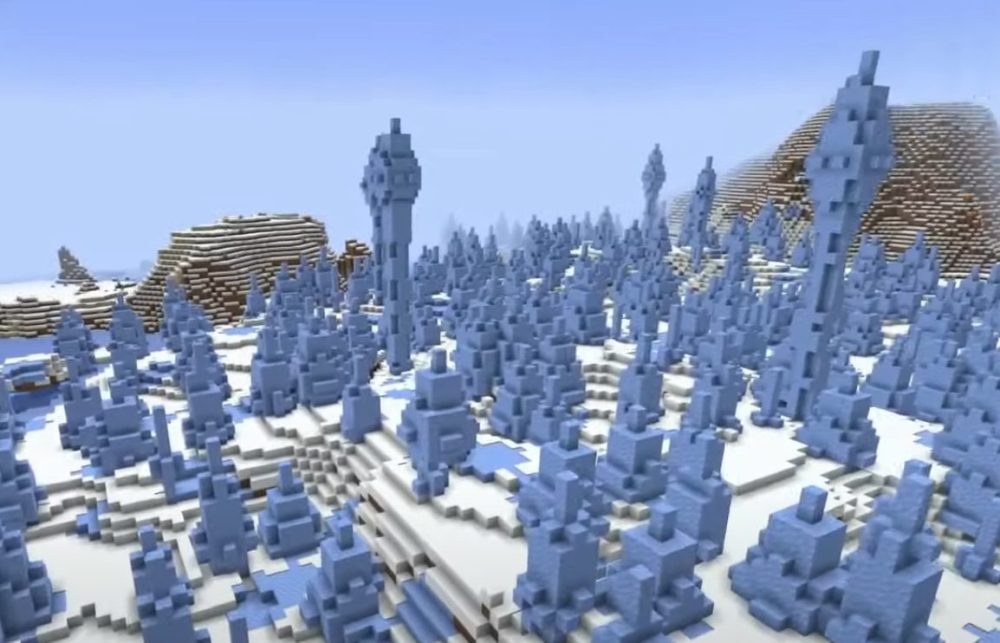
Desert Biome in Minecraft
Despite its seemingly lifeless nature, the desert in Minecraft is rich with interesting locations and items. It is known for desert temples, which are key in speedrunning and contain treasures, including diamonds. You can also find villages, special zombies, and cacti here.
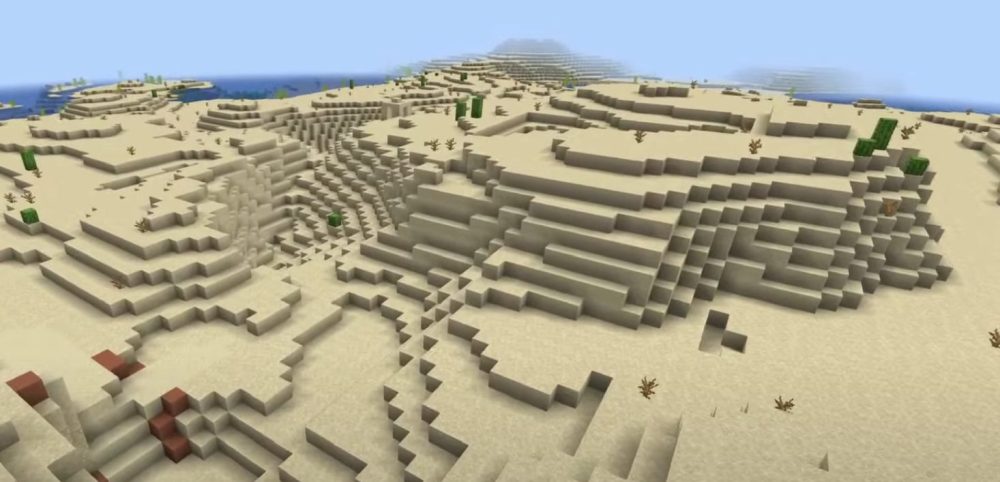
Snowy Biome in Minecraft
The snowy tundra embodies all the characteristics of a snow desert: little life apart from cute polar bears and rabbits. Trees are rare, so it’s worth bringing a pumpkin and making a snow golem for protection.
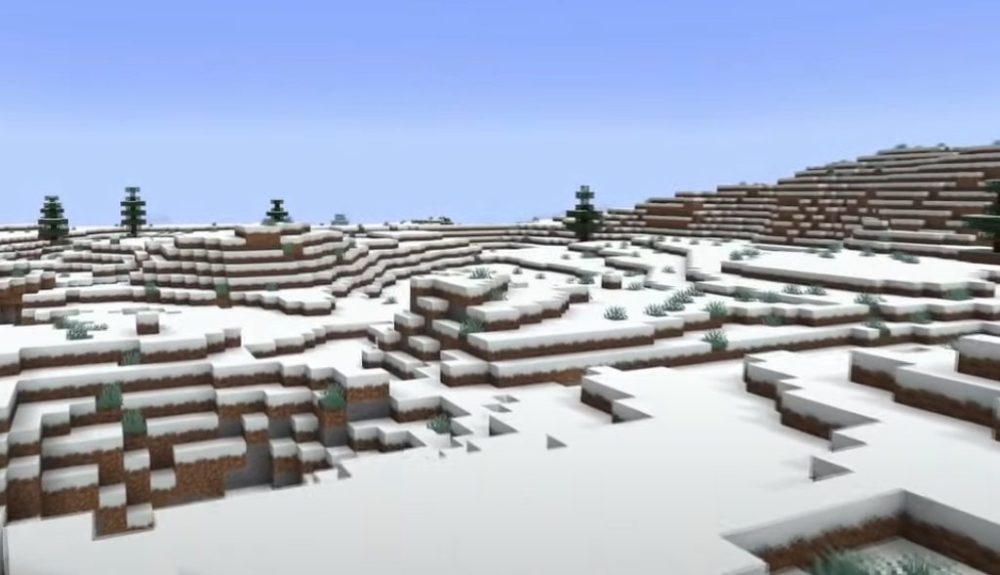
Mountain Biome in Minecraft
Mountain biomes vary in height—from high peaks to low valleys. After the Caves and Cliffs update, mountains have undergone significant changes and have become a great place for mining ores.
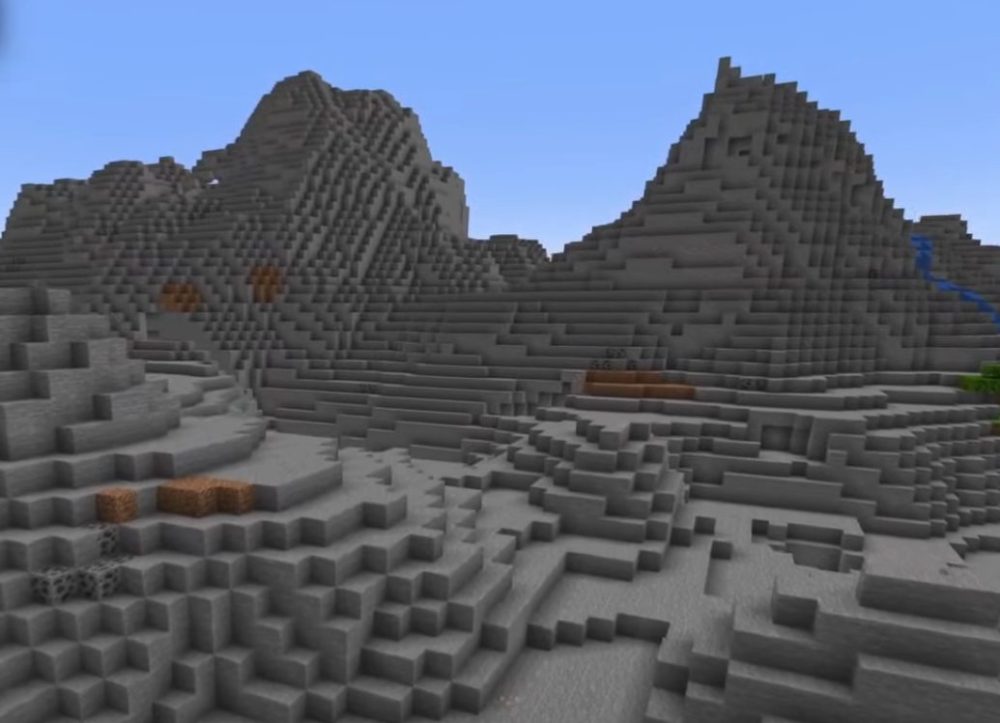
TIP
Savanna Biome in Minecraft
The savanna in Minecraft is rich with acacias, herds of llamas and horses. There are also many hills, wheat seeds, and surface plants like melons and pumpkins. This biome offers many opportunities for settlement thanks to its rich flora and fauna.
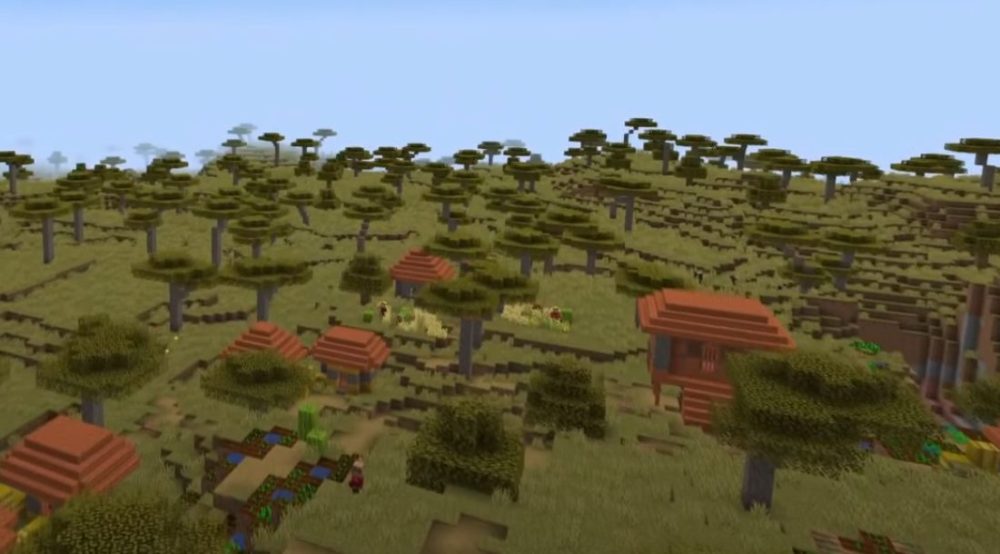
Swamp Biome in Minecraft
The updated Minecraft swamp is now even more interesting: at night, zombies, skeletons, creepers, and slimes appear here, which are caught by local frogs. With water and trees, it’s a good place to live.
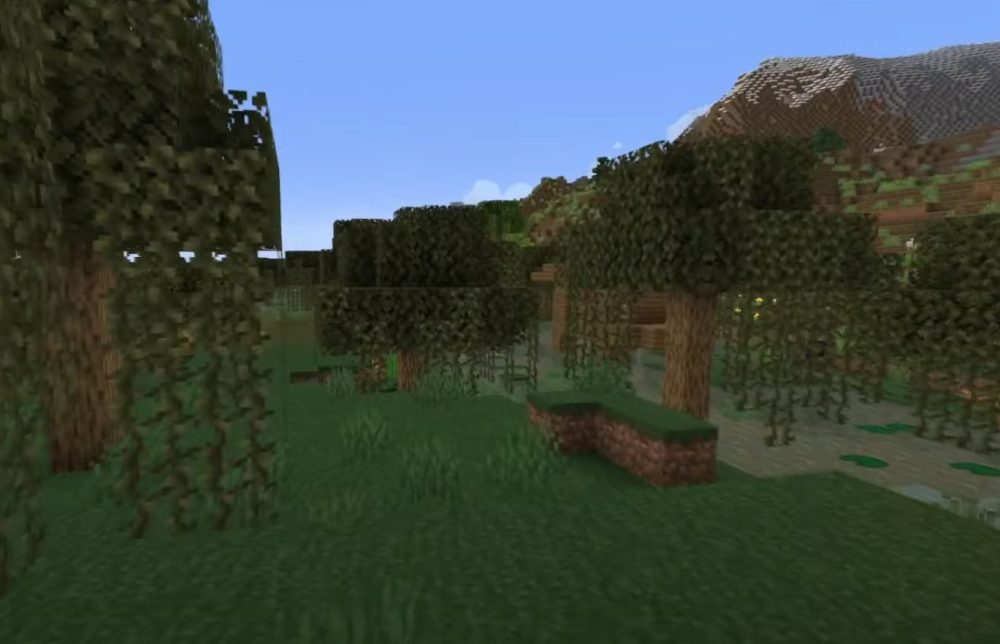
Beach and Stone Shore Biomes in Minecraft
These biomes form at the edge of the ocean or where a river flows. Stone shores have visible ores, and beaches are important for collecting sand, accessing turtles, and sugar cane.
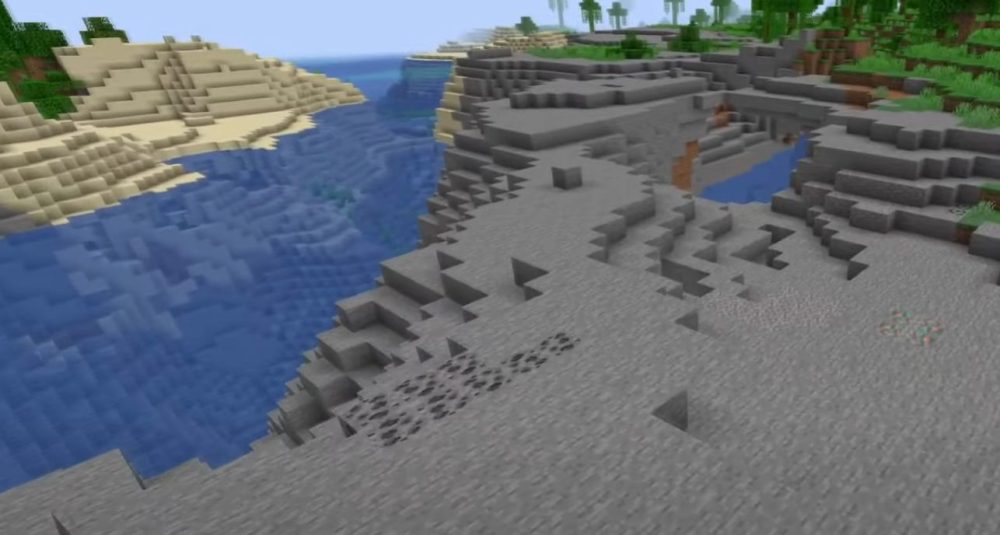
Mushroom Biome in Minecraft
The unique mushroom biome is completely free from hostile mobs, and only mushrooms live here. Using bowls allows you to collect an endless supply of mushroom stew, making this biome perfect for permanent residence.
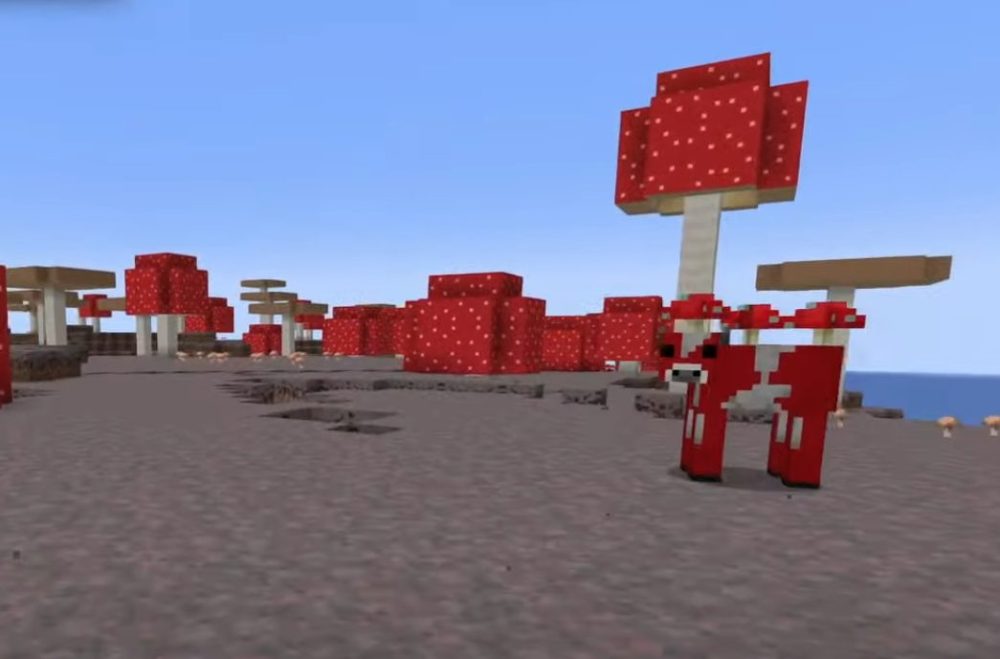
Ocean Biome in Minecraft
The ocean biome ranges from completely barren to overflowing with plants and animals. The dangerous mob Drowned lives here, posing a significant threat.
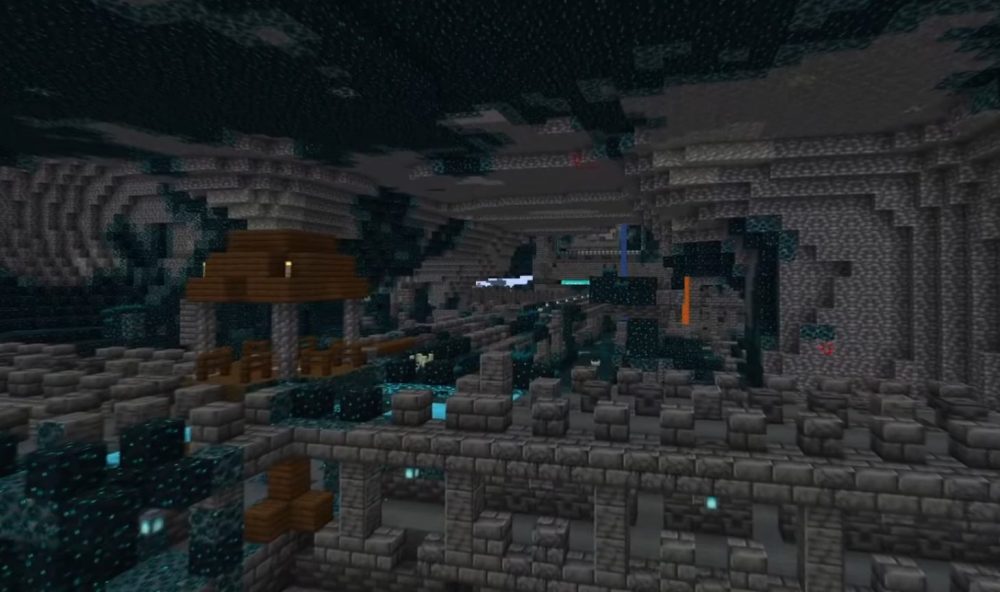
Cherry Blossom (Sakuras) Biome in Minecraft
The cherry blossom grove is brought to life with new cherry trees, covered in petals. Sheep and beehives are often found here, and the spawn rate of emerald ores is significantly higher.
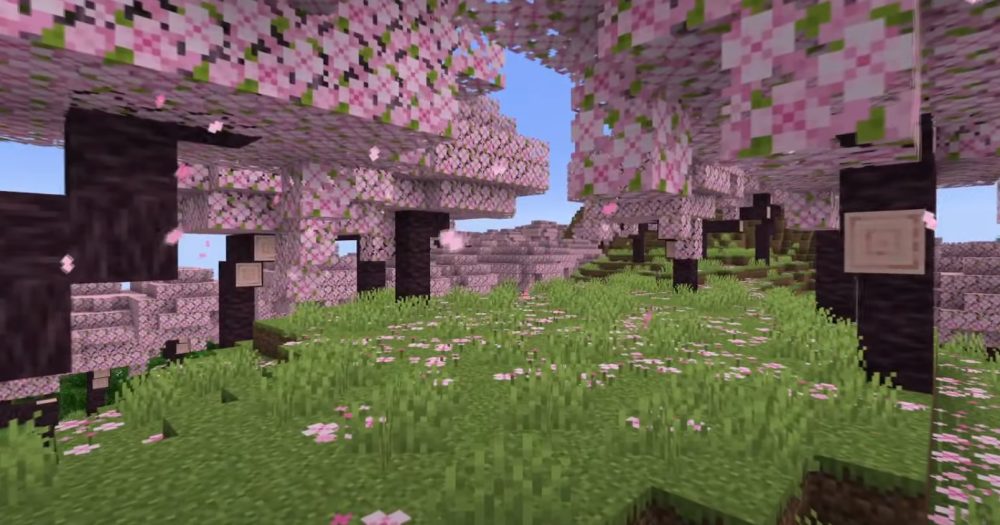
TIP
Best Maps for Playing Minecraft with Friends
Nether Biome in Minecraft
The Nether may seem attractive for settlement due to resources, but the dangers associated with lava and aggressive mobs make it unsuitable for long-term residence.
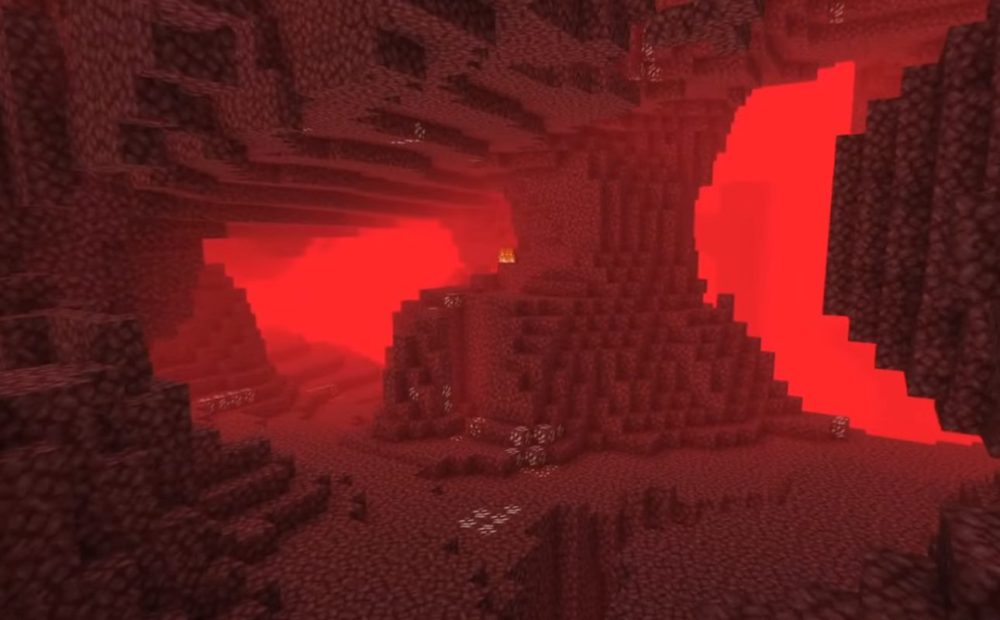
End Biome in Minecraft
The End biome is the location of the final boss, the Ender Dragon, and the end of the game. Here you can find flying ships and large End cities filled with treasures and adventures after completing the main storyline.
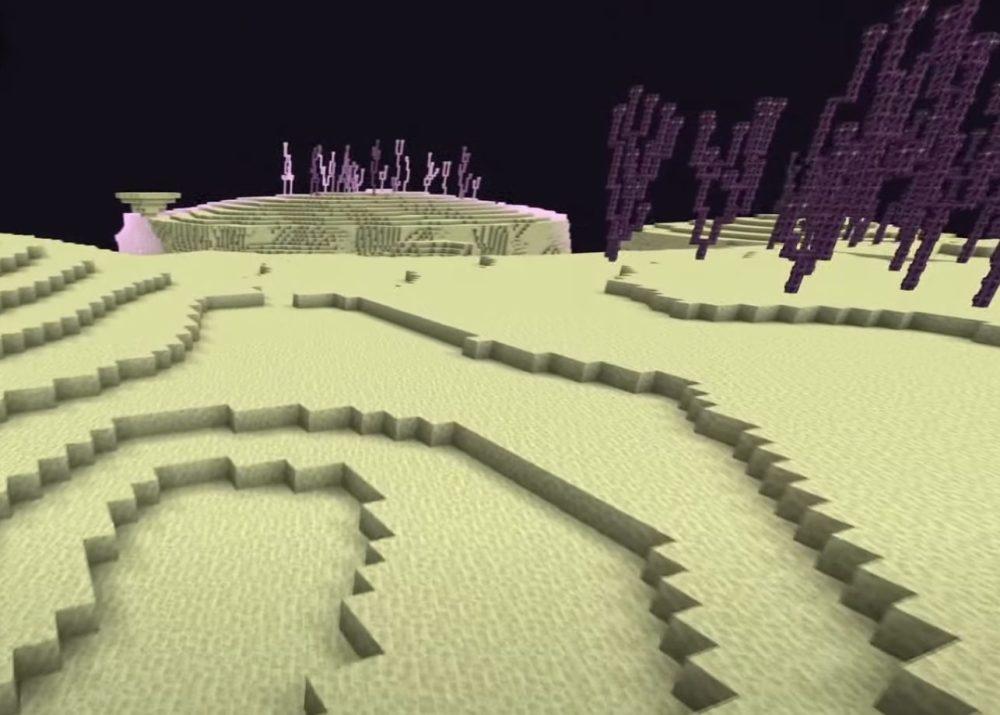
Key takeaways
-
Minecraft 1.21 introduces a variety of biomes — from peaceful Cherry Groves and vast Plains to perilous Deep Dark caves and fiery Nether regions — each offering unique challenges and opportunities.
-
Every biome features distinct resources, mobs, and terrain, making exploration, building, and survival strategies different in each environment.
-
Overworld biomes like Plains, Forests, and Mountains are perfect for new players, while underground and Nether biomes cater to seasoned adventurers seeking high rewards and rare materials.
-
New and updated biomes, such as the Cherry Grove and Mangrove Swamp, add stunning visuals, new wood types, and richer ecosystems for creative building.
-
The comparison table helps players quickly identify the best biomes for mining, building bases, farming, or aesthetic exploration.
-
Understanding biome traits allows players to optimize resource gathering, choose better spawn locations, and plan large-scale builds more effectively.
Frequently Asked Questions
1. How many biomes are in Minecraft 1.21?
Minecraft 1.21 features over 60 unique biomes across the Overworld, Nether, and End dimensions. Each biome offers distinct landscapes, resources, and mobs — from peaceful plains and cherry groves to challenging deep dark caves and fiery Nether regions.
2. What is the best biome to start in Minecraft?
The Plains biome is the best starting point for new players. It has flat terrain, plenty of animals for food, nearby villages for trading, and open space for building bases. It’s ideal for learning survival basics and gathering essential resources early on.
3. What is the rarest biome in Minecraft 1.21?
The Modified Jungle Edge biome (also known as the Rare Jungle Edge) remains the rarest naturally generated biome in Minecraft 1.21. It forms where jungle meets swamp terrain, making it extremely uncommon — and highly sought after by explorers and collectors.
Enjoyed reading the article? Visit our Blog section to learn even more interesting things about your favorite games! Play together with GODLIKE.

 en
en
 CHAT WITH GODLIKE TEAM
CHAT WITH GODLIKE TEAM 
